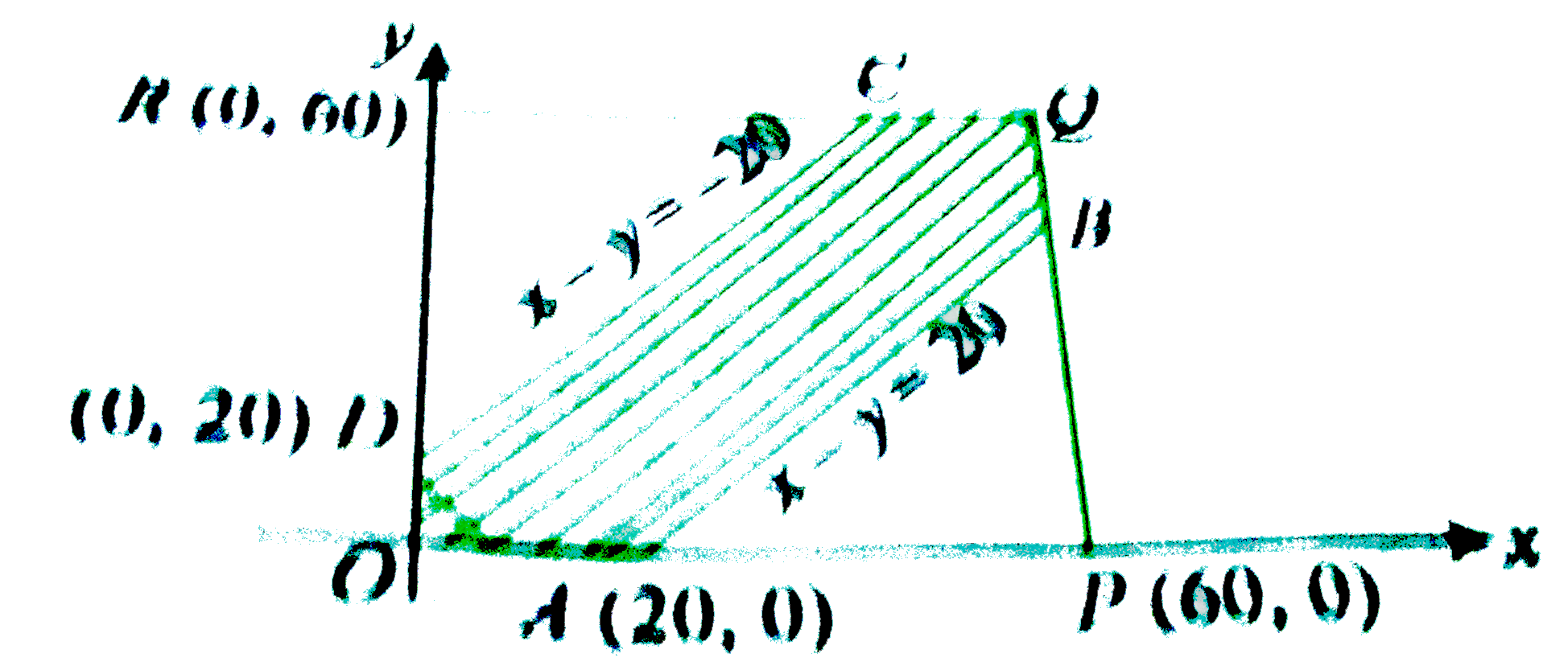InterviewSolution
Saved Bookmarks
| 1. |
There are some experiment in which the outcomes cannot be identified discretely. For example, an ellipse of eccentricity 2sqrt(2)//3 is inscribed in a circle and a point within the circle is chosen at random. Now, we want to find the probability that this point lies outside the ellipse. Then, the point must lie in the shaded region shown in Figure. Let the radius of the circle be a and length of minor axis of the ellipse be 2b. Given that1 - (b^(2))/(a^(2)) = (8)/(9) or (b^(2))/(a^(2)) = (1)/(9)Then, the area of circle serves as sample space and area of the shaded region represents the area for favorable cases. Then, required probability is p= ("Area of shaded region")/("Area of circle")=(pia^(2) - piab)/(pia^(2)) = 1 - (b)/(a) = 1 - (1)/(3) = (2)/(3)Now, answer the following questions.Two persons A and B agree to meet at a place between 5 and 6 pm. The first one to arrive waits for 20 min and then leave. If the time of their arrival be independant and at random, then the probability that A and B meet is |
|
Answer» <P>`1//3`  Let A and B arrive at the place of their meeting 'a' minute and 'b' minute after 5 pm. Their meeting is possible only if `|a-b|le20` Clearly, `0le a le 60` and `0 le b le 60`.Therefore, a and b can be selected as an ordered pair (a,b) from the set `[0.60] xx [0.60]`.Alternatively, it is equivalent to select a POINT (a, b) from the square OPQR, where P is (60, 0) and R is (0, 60) in the Cartesian plane. Now, `|a-b| le 20 implies - 20 le a -b le 20` Therefore, points (a, b) satisfy the EQUATION `-20 le x - y le 20`.Hence, favorable condition is equivalent to selecting a point from the region BOUNDED by `y le x + 20` and `y ge x - 20`. Therefore, the required probability is `("Area of OABQCDO")/("Area of square OPQR")=([Ar(OPQR) - 2Ar(DeltaAPB)])/(Ar(OPQR))` `=(60 xx 60 - (2)/(2) xx 40 xx 40)/(60 xx 60) = (5)/(9)` |
|